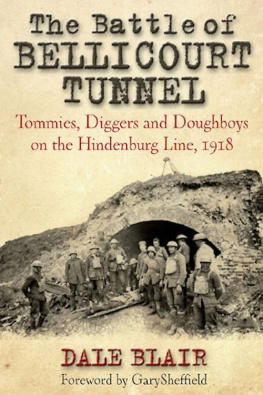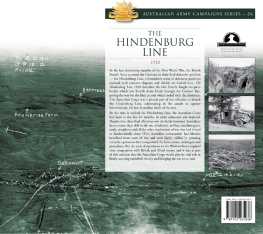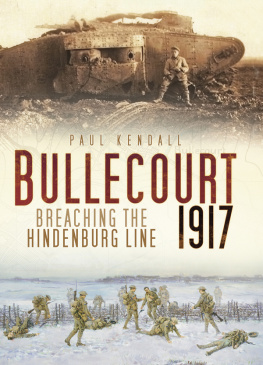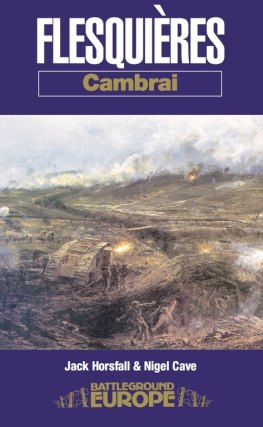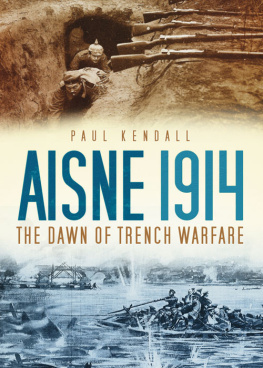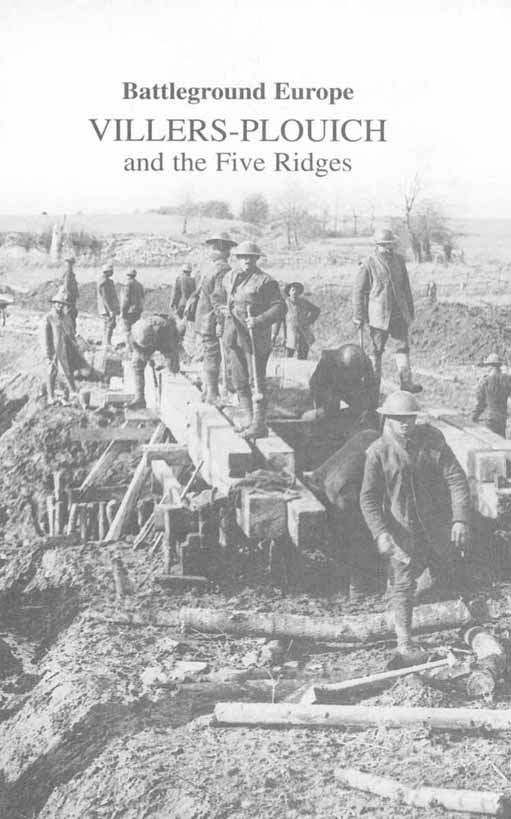Other guides in the Battleground Europe Series:
Walking the Salientby Paul Reed
Ypres Sanctuary Wood and Hoogeby Nigel Cave
Ypres Hill 60by Nigel Cave
Ypres Messines Ridgeby Peter Oldham
Ypres Polygon Woodby Nigel Cave
Walking the Sommeby Paul Reed
Somme Gommecourtby Nigel Cave
Somme Serreby Jack Horsfall & Nigel Cave
Somme Beaumont Hamelby Nigel Cave
Somme Thiepvalby Michael Stedman
Somme La Boisselleby Michael Sedman
Somme Fricourtby Michael Stedman
Somme Carnoy-Montaubanby Graham Maddocks
Somme Pozieresby Graham Keech
Somme Courceletteby Paul Reed
Somme Boom Ravineby Trevor Pidgeon
Somme Mametz Woodby Michael Renshaw
Somme Delville Woodby Nigel Cave
Somme Advance to Victory (North) 1918by Michael Stedman
Arras Vimy Ridgeby Nigel Cave
Arras Gavrelleby Trevor Tasker and Kyle Tallett
Arras Bullecourtby Graham Keech
Hindenburg Lineby Peter Oldham
Epehyby Bill Mitchinson
Riquevalby Bill Mitchinson
Villers-Plouichby Bill Mitchinson
Boer War The Relief of Ladysmith, Colenso, Spion Kopby Lewis Childs
Boer War The Siege of Ladysmith, by Lewis Childs
Accrington Pals Trailby William Turner
Poets at War: Wilfred Owenby Helen McPhail and Philip Guest
Poets at War: Edmund Blundenby Helen McPhail and Philip Guest
Gallipoliby Nigel Steel
Battleground Europe Series guides in preparation:
Walking Arrasby Paul Reed
Arras Monchy le Preuxby Colin Fox
Somme Following the Ancreby Michael Stedman
Somme High Woodby Terry Carter
Somme Ginchyby Michael Stedman
Somme Comblesby Paul Reed Somme Beaucourtby Michael Renshaw
Walking Verdunby Paul Reed
La Basse Givenchyby Michael Orr
La Basse Neuve Chapelleby Geoffrey Bridger
Isandhlwanaby Ian Knight and Ian Castle
Rorkes Driftby Ian Knight and Ian Castle
With the continued expansion of the Battleground series a Battleground Europe Club has been formed to benefit the reader. The purpose of the Club is to keep members informed of new titles and key developments by way of a quarterly newsletter, and to offer many other reader-benefits. Membership is free and by registering an interest you can help us predict print runs and thus maintain prices at their present levels. Please call the office 01226 734555, or send your name and address along with a request for more information to:
Battleground Europe Club
Pen & Sword Books Ltd, 47 Church Street, Barnsley, South Yorkshire S70 2AS
Battleground Europe
VILLERS-PLOUICH
Hindenburg Line
K W Mitchinson
First published in 1999 by
LEO COOPER
an imprint of
Pen & Sword Books Limited
47 Church Street, Barnsley, South Yorkshire S70 2AS
Copyright K W Mitchinson
ISBN 0 85052 658 2
A CIP catalogue of this book is available
from the British Library
Printed by Redwood Books Limited
Trowbridge, Wiltshire
For up-to-date information on other titles produced under the Leo Cooper imprint,
please telephone or write to:
Pen & Sword Books Ltd, FREEPOST, 47 Church Street
Barnsley, South Yorkshire S70 2AS
Telephone 01226 734222
CONTENTS
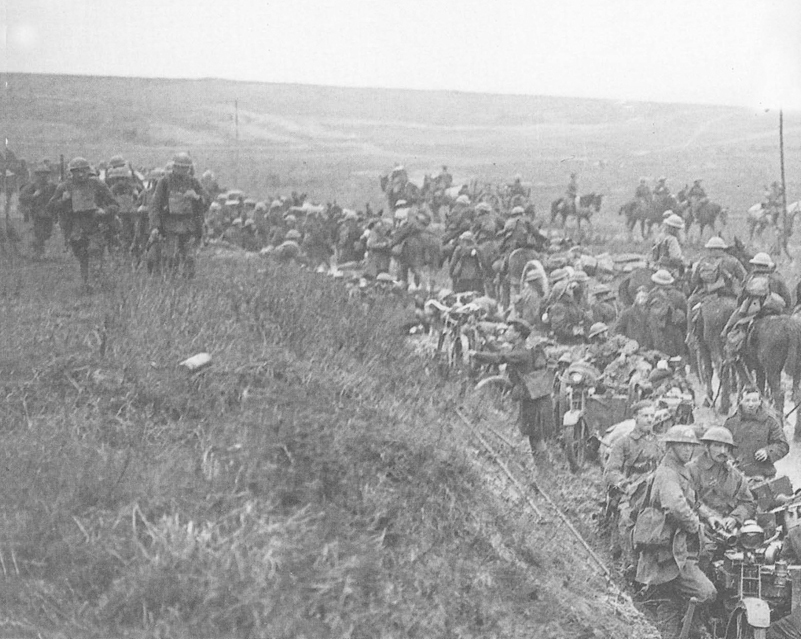
The area around Villers-Plouich was heavily contested over in both 1917 and in 1918. Ground nearby was fought over as part of the right hook of the Battle of Cambrai in November 1917 and it saw some of the very bitterest fighting in the approach to the Canal du Nord in September 1918. Much of the action here and indeed the time spent in holding the line was characterised by grim determination in a part of the world that is even more devoid of topographical features than elsewhere on the old British front.
What makes it a delightful part of northern France for the battlefield visitor is that it remains so relatively unspoilt, allowances having been made for the autoroute that carves through the eastern edge of the area covered by the book. It is easy to follow the route by use of the trench maps, as so many of the roads and tracks have remained in the same (or almost the same) locations. Because of the lack of many large villages, and because the woods and copses have often been allowed to grow back, it is possible to get a feel for what it must have been like, at least to look at, in the spring of 1917 when the British first came here. Of course this rural idyll was soon shattered by the sound of warfare and the ground by the pounding of thousands upon thousands of shells and mortars. The contrast in this respect is stark: then a hive of activity, albeit often carried out as inconspicuously as possible; now an unhurried and tranquil atmosphere dominates.
This is another part of the old Western Front that is all too often missed off the schedule. Yet it deserves to be examined far more closely by those of us who come afterwards. This is where the later lessons of the war were learnt, and where victory was won. The years 1917 and 1918 need to be taken far more seriously by more of us if the image of the First World War is ever to move away from the summer of 1916. There remains plenty of evidence of military activity in this part of the world whether it be the trench outlines in Gauche Wood or one of the numerous concrete fortifications erected by the German engineers, part of the Hindenburg Line. And of course there are the cemeteries; it is one of the benefits of books such as this that a story can now be added to the rows of individuals and unknowns that are to be found in these English gardens in the fields that surround Villers-Plouich.
Nigel Cave, Ely Place, London
The village of Villers-Plouich is largely unknown or unrecognised by most British visitors to the Western Front. Away from the more usual stomping grounds of the Somme and Ypres, the village and its surrounding countryside rarely witness the passage of British cars or walkers. Those few who do venture along its roads and tracks generally know little of the battles and engagements fought eighty years ago over its rolling fields and among the now smart cottages.
In the cold, miserable Spring of 1917 Fourth Army pursued the Kaisers forces across a largely devastated swathe of land. The Germans were in the process of staging a planned withdrawal towards the shelter of the almost completed Hindenburg Line. The position of this supposedly impregnable defensive system had been chosen with care and the construction executed with a thoroughness which had long typified the actions of the German army. As the retreat neared the Hindenburg Line, German resistance stiffened. Certain villages to its west had been designated areas where the final rearguard actions would inflict as much damage, casualties and delay upon the pursuing forces as possible. Among these villages were Metz, Gouzeaucourt, Beaucamp, La Vacquerie and Villers-Plouich. Several of these small clusters of farm cottages lay in valleys while others sat atop the rises of the undulating land. These ridges were soon christened by the troops who eventually captured them: Fusilier, Borderer, Welsh and Highland Ridges bore the names of regiments of the 40th Division who fought for their slopes and crests. Once these ridges fell, British units were in close proximity to the outpost line of the main German system. Any further advance would necessitate a major and costly offensive against the wire, pill boxes and trenches of the Hindenburg Line itself.




